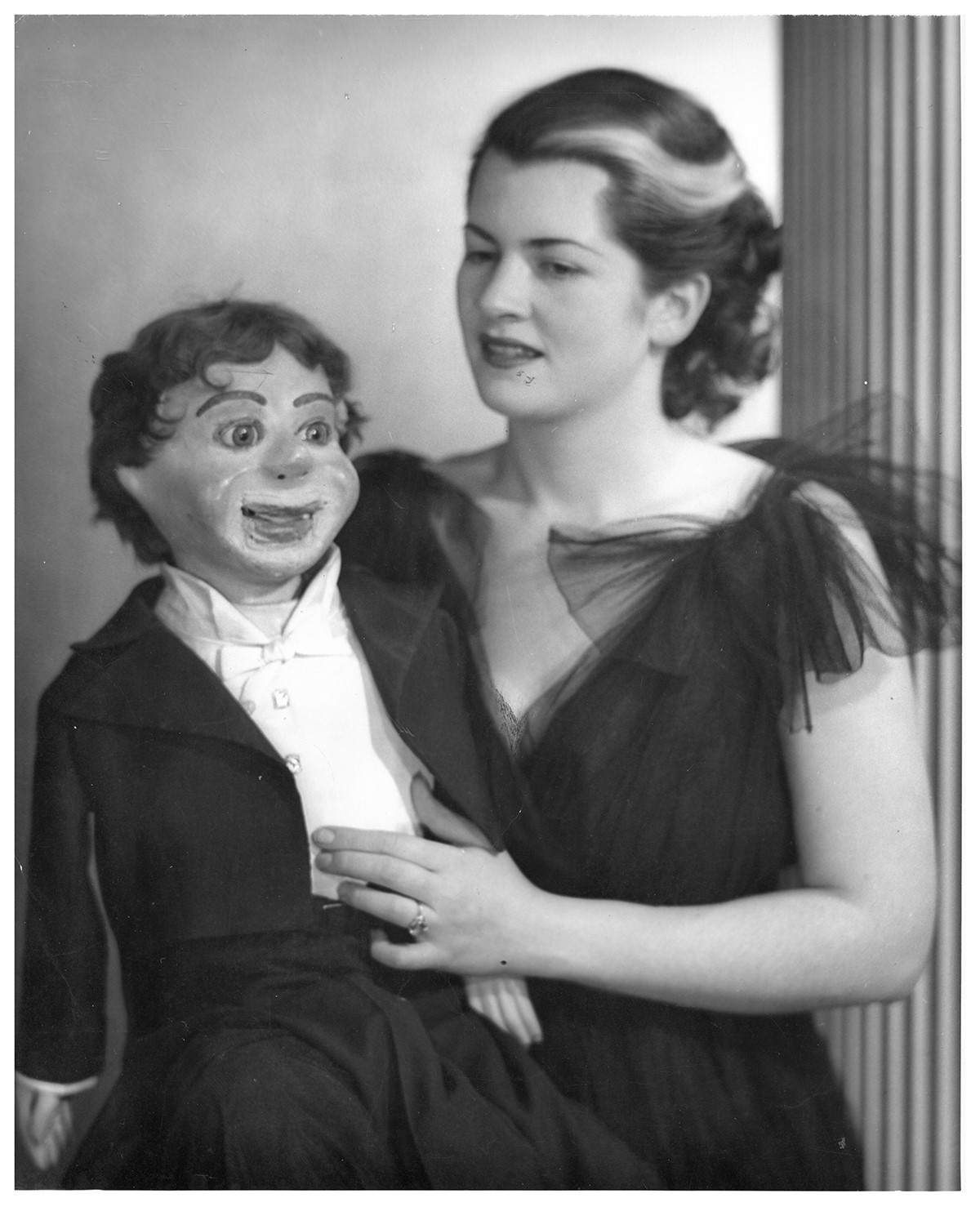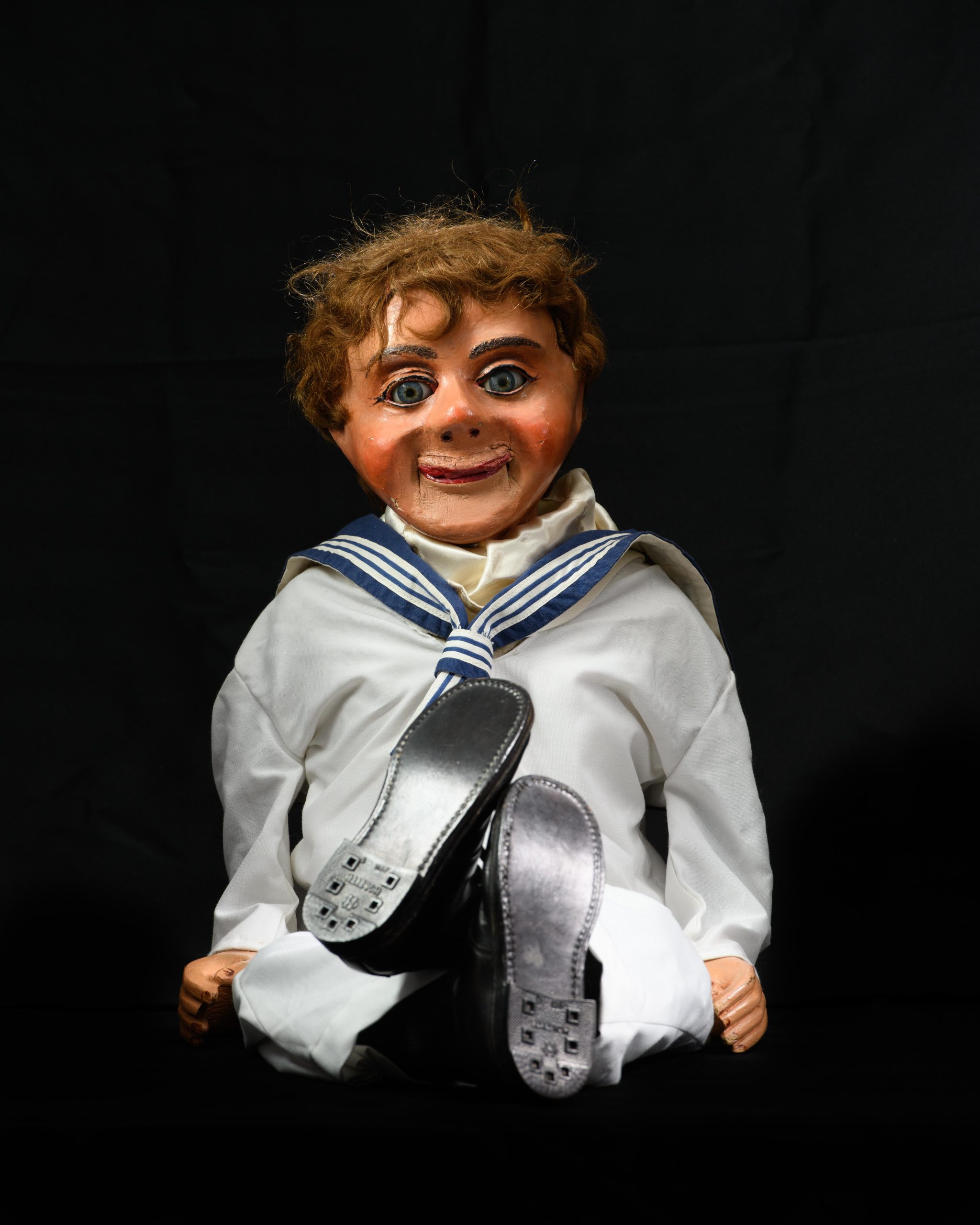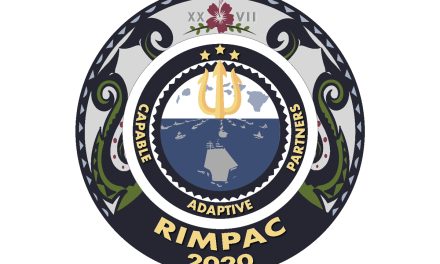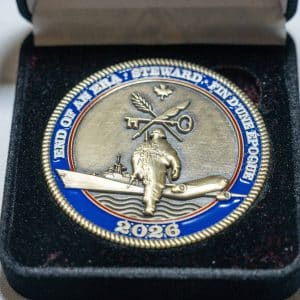CFB Esquimalt,
Naval and Military Museum
—
An offbeat Royal Canadian Navy-related historical artifact – a Second World War ventriloquist’s dummy – is being highlighted at the Canadian Forces Base (CFB) Esquimalt Naval and Military Museum.
The dummy, Spike Ryan (or simply ‘Spike’), was the working ‘partner’ of ventriloquist Sheila Margaret Kidd. When she joined the Women’s Royal Canadian Naval Service (WRCNS) to contribute to the national war effort on July 4, 1943, she also brought Spike and her skills as a ventriloquist.
Just 20 years old when she signed up for wartime service, Wren Kidd was already a professional ventriloquist who had three years’ experience performing in clubs and theatres before becoming a ‘Wren’ (a term often used for women in the WRCNS). As a Wren, she was chosen to perform in the at-the-time very popular Meet the Navy shows with her not-so-silent partner, a redheaded dummy named Spike Ryan.
Wren Kidd had developed her ventriloquist abilities during her teen years, when she suffered from painful throat ulcers.
“I discovered I could talk without moving my lips,” she explained in an August 1943 newspaper write-up.
“Wren Kidd took the skill she gained from her ailment and, using ingenuity and initiative, parleyed this into a huge part of her career. These character traits probably served her well during her time as a Wren and we’re proud to be highlighting her,” said Tatiana Robinson, CFB Esquimalt Naval and Military Museum Curator.
Her performances with Meet the Navy attracted good reviews, although, at the time, a female ventriloquist was considered an oddity.
“For the first time in one’s life, one heard a girl ventriloquist, and a very skillful one, in the person of Sheila Kidd,” commented one reviewer.
Meet the Navy was not an easy gig. Mornings and afternoons were spent in rehearsals, and there were sometimes multiple performances in a single day as the show made its way to cities and towns across Canada, and eventually to the United Kingdom.
In a 1943 interview for the Toronto Daily Star newspaper, Wren Kidd observed that Spike’s a very ‘boastful type’, and went on to say he had acquired ‘a personality of his own’ since she joined the Navy.
“Now he is a sailor, through and through,” she said, “but he’s not as well-behaved as he might be.”
Little is known about Sheila Kidd’s life after she was discharged from the service at His Majesty’s Canadian Ship Discovery, Vancouver’s Naval Reserve Division, on Nov. 23, 1945. Sheila Kidd was still working as a ventriloquist with Spike as her partner as late as 1959. Historians believe that she may have married since there is documentation showing her last name as Lockert and her last known place of residence was Regina. That said, many details are unknown and there is a lot of mystery surrounding Wren Kidd, what became of her, and the details of her later ventriloquism career.
The story of the museum reviving Wren Kidd’s story started when Spike was donated to the CFB Esquimalt museum in 2011 by Clarice Force, who, remarkably, found the dummy in a thrift store. Ms. Force also donated a file of newspaper cuttings and documents about Spike Ryan and Sheila Kidd that helped historians research her story.
“Sheila Kidd was a unique Wren and an unusual talent for her time,” Robinson said. “There were few female ventriloquists in the 1940s so her story is a singular one. Spike being offered to this museum and rescued from a thrift store presented us with a great opportunity to tell a fascinating story.”
To find more information about the museum, where Spike is stored, visit navalandmilitarymuseum.org.










